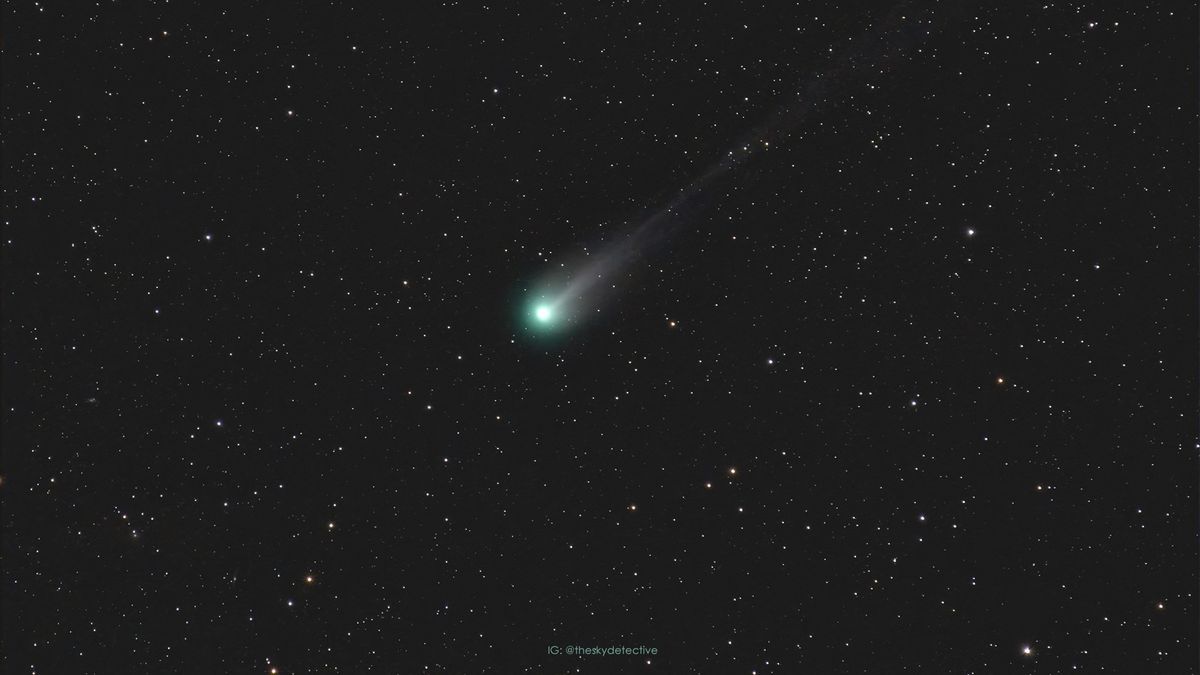The 'devil comet' 12P/Pons-Brooks is currently making its way through the solar system and can be observed as it passes by Earth. This bright and unique celestial body, which comes around every 71 years, has earned its nickname due to an outburst that caused an asymmetrical appearance resembling horns.
First Discovered: A Brief History of the Devil Comet The 'devil comet' was first discovered in 1812 by Jean-Louis Pons and later independently identified by William Robert Brooks in 1883. Since then, it has been a subject of fascination for astronomers and skywatchers alike due to its rare appearance.
How to Observe the Devil Comet: Tips for Viewing The best time to observe the devil comet is just after sunset, as it can be found west of the moon and right of Jupiter. It is recommended that you use binoculars or a small telescope for optimal viewing. The comet will make its closest approach to Earth on June 2, at which point it will be about 144 million miles away.
Safety Precautions: Protecting Your Eyes While Observing the Comet It is important to remember that looking directly at the sun or a bright comet without proper protection can cause serious damage to your eyes. Always make sure you are using appropriate safety measures, such as solar filters for telescopes or binoculars, when observing the devil comet.
The Devil Comet: A Scientific Perspective Comets like 12P/Pons-Brooks are considered to be frozen chunks of dust, rock, and ice that originate from the outer reaches of the solar system. As they approach the sun, they heat up and release gases and particles, creating a glowing head and tail.
The devil comet is classified as a Halley-type comet due to its elliptical orbit around the sun. It has survived previous encounters with the sun and is expected to continue doing so in the future.
Additional Comets: A Look at Other Celestial Bodies Worth Observing Another notable comet, Comet C/2023 A3 (Tsuchinshan-ATLAS), is expected to be visible in the Southern Hemisphere later in the year and could potentially be even brighter than 12P/Pons-Brooks.
In conclusion, observing the devil comet is a unique opportunity for anyone interested in astronomy or simply curious about the wonders of our universe. By following these guidelines and taking appropriate safety measures, you can enjoy this rare celestial event without any risk to your eyes.


